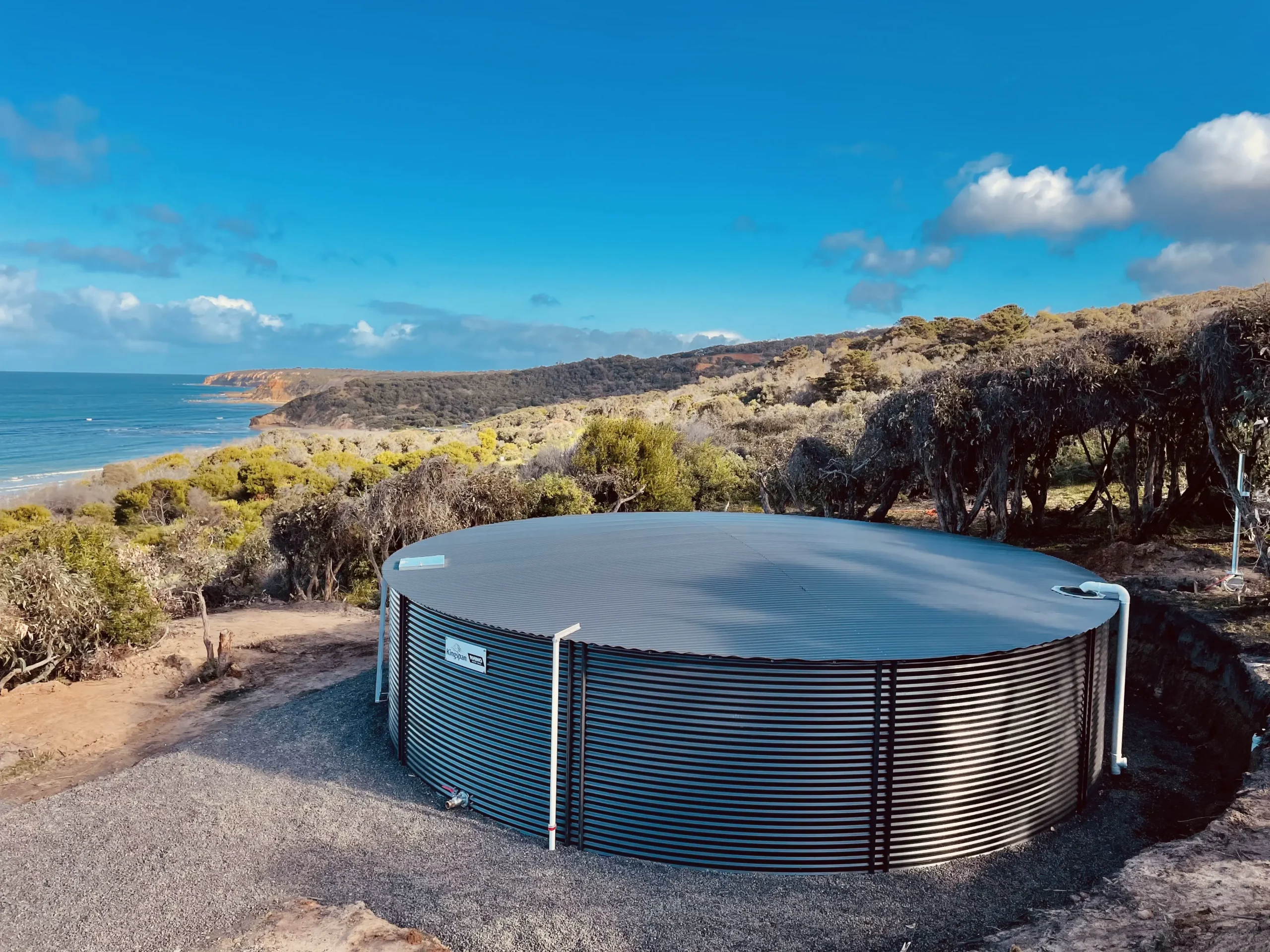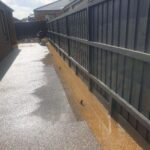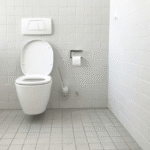Getting a water tank installed on your property is one of the smartest moves you can make. Your water bills will thank you, and you’ll have peace of mind knowing you’ve got backup water when those inevitable dry spells hit. But here’s the thing — if you want to actually see those benefits, you need to know how to install a water tank the right way.
First, Why Install a Water Tank?
Installing a rainwater tank feels like a big project, but once it’s done, you’ll wonder why you waited so long. For homeowners, you can cut your water bills and get real money back in your pocket every quarter. And if you’re running a business — especially in hospitality or manufacturing — the savings can be massive.
But it’s not just about the cash. When water restrictions kick in, you’ll be sitting pretty without stressing about how to keep your garden alive. For business owners, your customers and clients will love seeing you doing your bit for the environment.
Finding the Right Spot for Your Tank
This bit’s crucial, and it’s where a lot of people stumble.
Get Close to Your Gutters or Other Water Source
The closer your tank is to where the water’s coming from, the less mucking around with pipes you’ll need. Fewer pipes mean less money spent and fewer things that can go wrong later.
Think About Height
Water flows downhill. So, if you can get your tank up a bit higher, gravity does the hard work for you, so there’s no need for fancy pumps. Just make sure whatever you’re putting your tank on can handle the weight. Water’s heavier than you think.
Don’t Make It a Treasure Hunt
You’ll need to get to your tank for cleaning and maintenance over the months and years ahead. Don’t install it somewhere that requires an archaeology degree to reach.
Plan Ahead
That perfect spot you chose today might not be so perfect when the neighbour’s tree grows or you decide to extend the house. Think about what might change over time and position your tank accordingly.
Getting Your Site Ready for Tank Installation
Mess up the groundwork, and you’ll likely have problems down the track. Over the years, we’ve seen tanks that have shifted, tilted, and even cracked because someone skipped the prep work. Here are some ways to prepare your site for your tank installation:
Clear Everything Out
And we mean everything. Rocks, sticks, old toys, gardening tools —all of it needs to go. One sharp stone or spike can punch a hole in your tank, and that’s an expensive mistake.
Make It Level
Not “looks about right” level, but actually level. Add or remove soil as needed and get the tools out to do the levelling job properly (a spirit level or a laser works best). A wonky tank is a problem waiting to happen, so we want to avoid this at all costs.
Sort Out the Base
Smaller tanks might get away with some well-compacted gravel. Bigger ones? You’re probably looking at a concrete slab. Don’t cheap out here — it’s the foundation of the whole system.
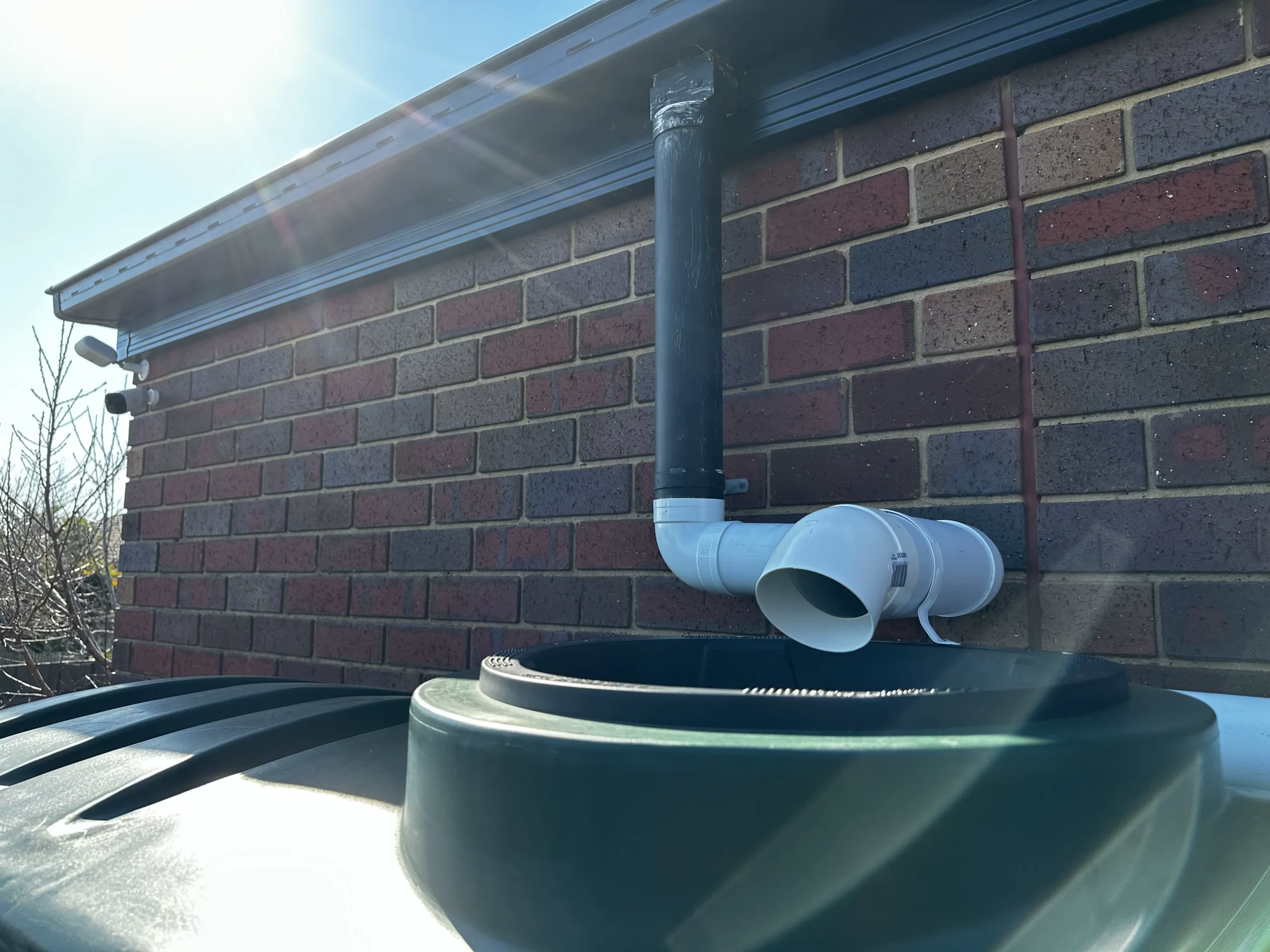
How to Install a Water Tank the Right Way
Installing a water tank isn’t rocket science, but there are some things you absolutely must get right:
How to Connect a Water Tank to Your House
This is where things get even more technical. You’re not just connecting a hose here, but integrating a whole water system into your home. That means you’ll need pumps, filters, diverters, and safety gear to get enough water pressure, keep debris out of the water, and prevent your tank water from mixing with mains water.
If you’re still getting your head around the setup, our guide on how water tanks work breaks down the entire process in simple terms — from first-flush diverters to pumps and pressure systems.
Keep in mind that wherever a tank is getting connected to a mains water supply (e.g., a tank to a toilet system), a licensed plumber has to do the job. You’ll also need one of us tradies to connect your gutters to your tank. Plus, when you’re figuring out how to install a rainwater tank, factor in overflow. When your tank’s full, that water needs somewhere to go. Make sure it’s not going towards your house foundations or annoying the neighbours. Legally, you have to hire a plumber to install an overflow to the stormwater system. Some of this stuff needs council approval as well.
How to Install the Water Tank Outlet
Your outlets are how you actually use the water you’ve collected. Think about where you’ll want taps spread around your property so you can access the water, such as in your garden, garage, laundry, or pool area.
Good quality valves and fittings will save you headaches later. And make sure you’ve got non-return valves to stop any nasties getting back into your clean water.
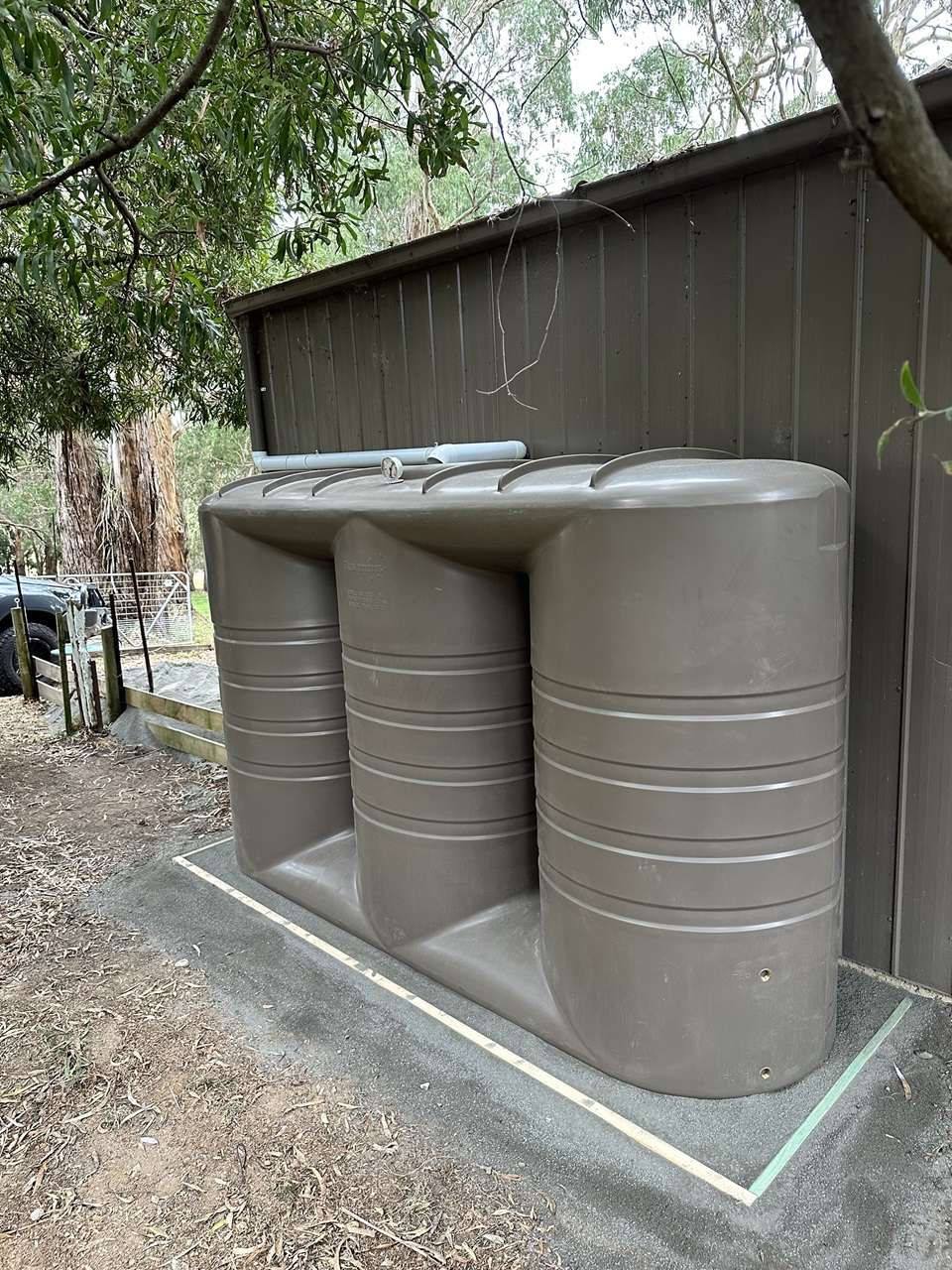
Don’t Risk It — Get the Pros In
Water tank installation is best outsourced to licensed professionals. There are regulations, standards, and a fair bit of technical know-how involved. We’ve been doing this for nearly 20 years around Geelong, the Surf Coast, and Bellarine Peninsula. We know which councils want what paperwork, which tanks work best in our local conditions, and how to get everything connected safely and legally.
Get in touch with our friendly team to get a quote for a fully-installed water tank or to arrange a time for us to handle just the installation part for you.




